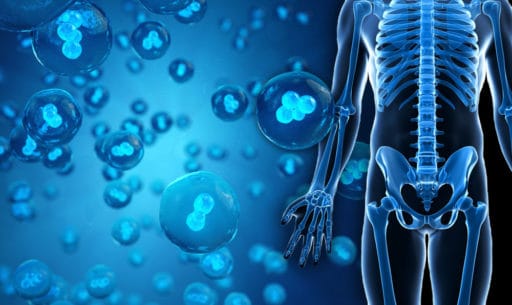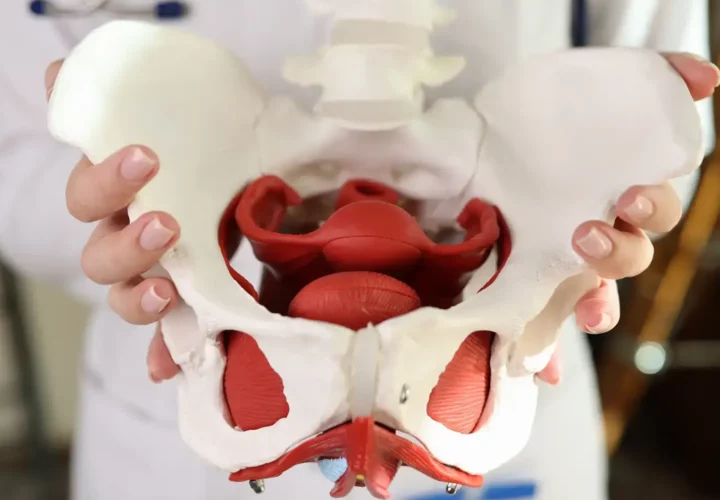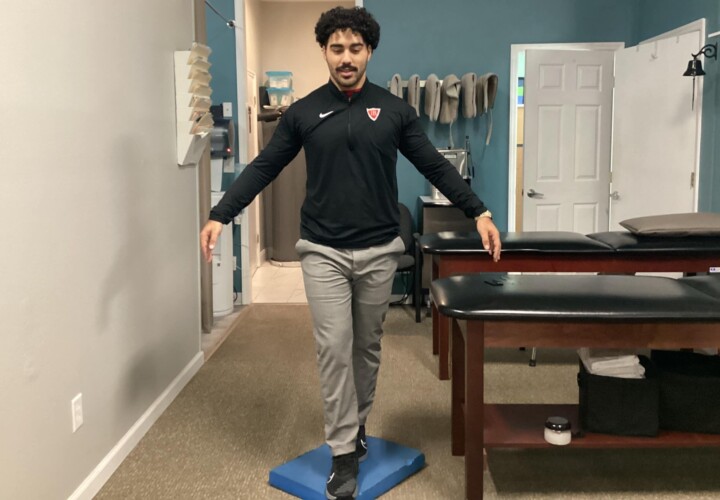I had a friend ask me a very cool question the other day. She said “Hey, my dad has been having really bad knee pain, and tried this new stem cell injection. It didn’t work, so I looked it up. While it all sounds like it should be great, the research doesn’t seem to always agree. What’s up with it?”
This is a super interesting question, because she’s 100% right. Stem cell injections for arthritis have a very hit or miss effect. The research is very divided on outcomes. Currently, the FDA does not recommend it as a standard treatment for arthritis because of what we are currently seeing. So what’s the deal?
Well let’s start by talking about the theory behind stem cell injections. Stem cells themselves are a type of cell that can actually become another type when placed close to it thanks to some of the body’s natural mechanisms for growth. The hope is if we inject stem cells into the right area, we can cause regrowth of damaged tissue in order to heal a painful joint. It’s a very solid theory. In some cases there may in fact be a regrowth of cartilage when viewed on an x-ray. Early trials show pain improves, but not in a manner consistently different than a knee injected with saline.
Alright, so what’s the deal? How come cartilage regeneration isn’t consistent? Why would the placebo work just as well as the real thing? Why does it just not work sometimes?
The answer, of course, is that it’s complicated. For starters, there’s a lot more to pain than just local structures. We can actually see people with no pain have “bone on bone” arthritis all over their bodies, and people in intense pain with no structural problems. This is not to say that osteoarthritis does not cause pain, but that it is simply not always the cause of your pain. Identifying which patients have symptomatic arthritis and which have another issue causing their pain we can’t see on their films is still a complex process. For a lot of patients, if the cartilage loss isn’t causing problems, no amount of regeneration is going to change their pain.
Why cartilage regeneration isn’t consistent may have more to do with the complexity of stem cell actions to begin with. While the simplified explanation above is more or less correct, a stem cell placed in proximity to another cell may convert, that proximity is not the only factor in play here. It’s actually a very complex set of mechanisms that go into this that we honestly do not have a complete understanding of yet (which is why we cannot use this method to cure paralysis yet in a patient with a spinal cord injury, for example). So, while it is definitely possible that in the right person at the right time in the right circumstances we could get the exact result we want, in other cases those cells may just be absorbed right back into the body with no change. We just aren’t as good as we’d like to be.
But then why did both the placebo and the real injections help with pain? Again, it’s a complex answer. This is actually the basis behind the practice of dry needling. We see that local injections, regardless of if they have an active therapeutic ingredient or not, seem to reduce pain in many cases. The actions of this are still unknown. Theories from a restarted inflammation process to neural adaptation thanks to the biopsychosocial model are still being proposed and tested to understand. All we know at this stage is that there is a lot more to discover. We have a lot of research to do before we can say for sure!
At the end of the day, stem cell therapy is still a field with tons of research left to do. We have a lot of unanswered questions as to how to identify the best patients for regenerative therapies, what mechanisms we can use to make sure that regeneration happens exactly as desired, and how these therapies are working. All of these factors combined are likely impacting our outcomes in stem cell injections at this time. As for the topics themselves, the results are complicated.



